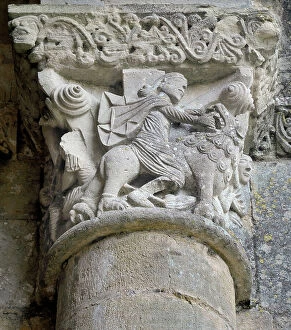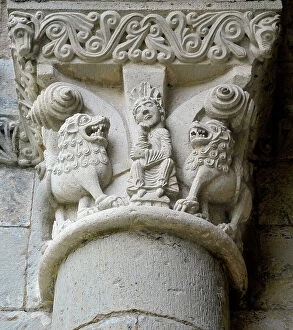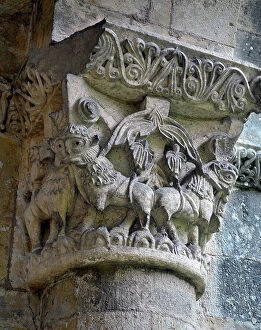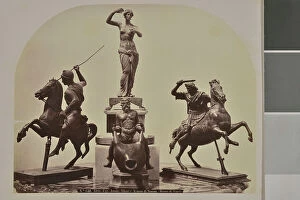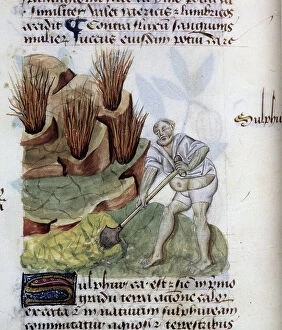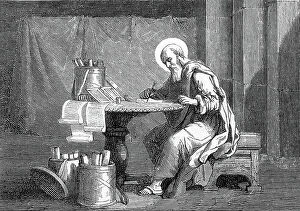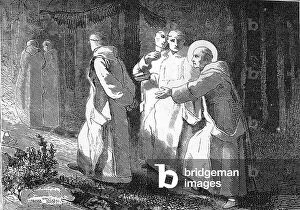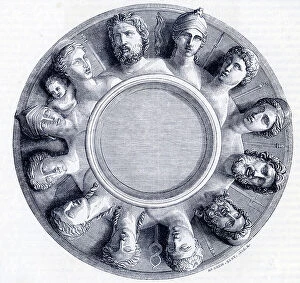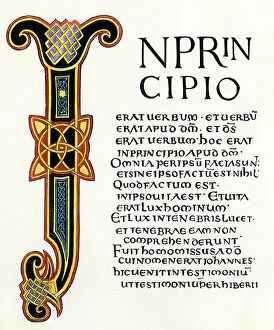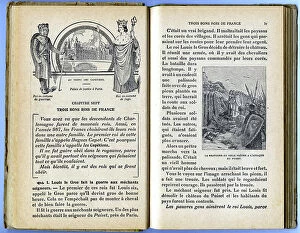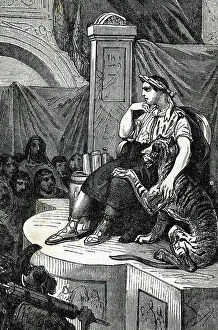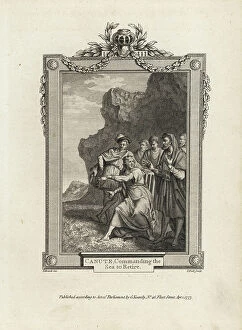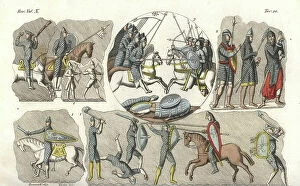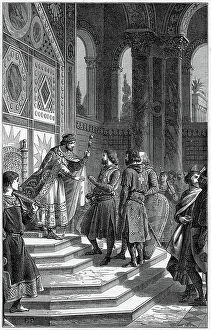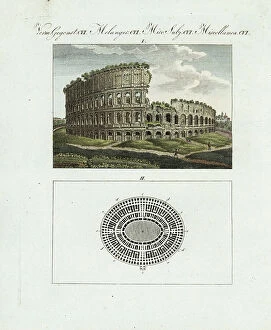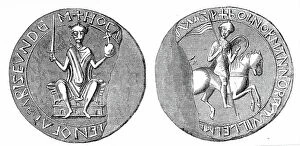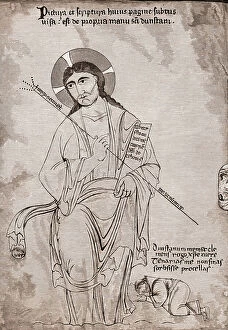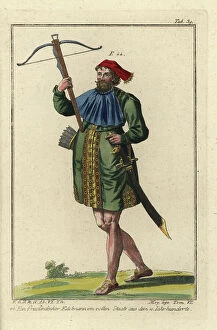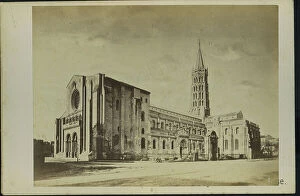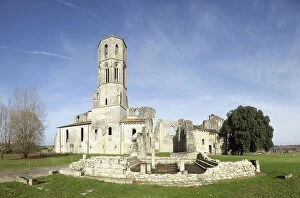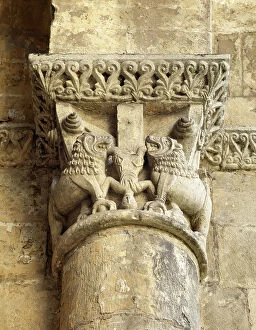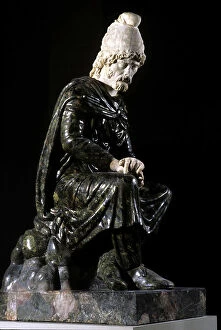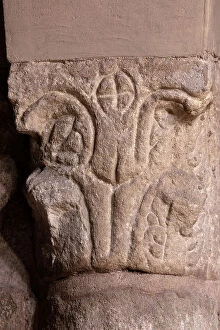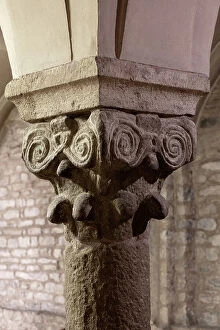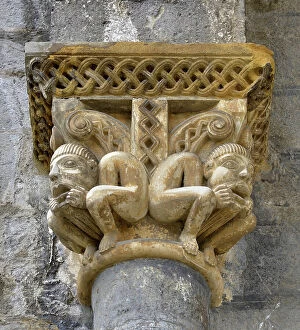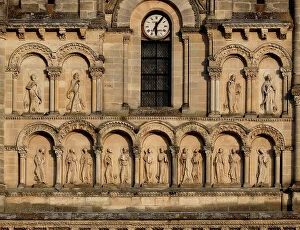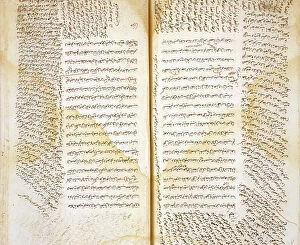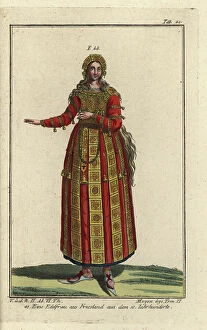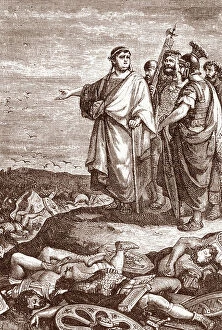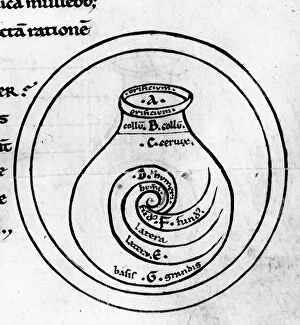Eleventh Century Collection (page 2)
Step back in time to the eleventh century, a period of grandeur and intrigue
For sale as Licensed Images
Choose your image, Select your licence and Download the media
Step back in time to the eleventh century, a period of grandeur and intrigue. Feast your eyes on the intricate details of the Bayeux Tapestry, a masterpiece that tells the story of William the Conqueror's conquest of England. The unknown creator skillfully captures this historic event, transporting us to a bygone era. As we journey further into this captivating century, we encounter Lancaster Castle's John of Gaunt's Tower. Artist J Davis brings this formidable structure to life in a mesmerizing painting from 1896. It stands as a testament to the power and influence held by one of history's most prominent figures. In our exploration, we stumble upon Taillefer the Troubadour fearlessly leading William's army through colorful lithography. This depiction showcases both bravery and artistry intertwined in medieval warfare. The Submission of Henry IV at Canossa in 1077 is another pivotal moment captured by an unknown artist in 1890. This historical event symbolizes humility and redemption as Henry IV sought forgiveness from Pope Gregory VII. Ely Cathedral rises majestically before us, its architectural splendor standing tall since its construction between 1924-1926 by FC Varley. A true marvel that reflects not only religious devotion but also remarkable craftsmanship. Delving deeper into cultural artifacts, we uncover The Pitney Brooch - an Anglo-Scandinavian treasure dating back to the second half of the eleventh century. Its intricate design speaks volumes about craftsmanship during this era when cultures merged and exchanged ideas. Psalm 103 comes alive through an illustration and text created around c1000-1050; it serves as a window into religious practices during this time period while showcasing artistic talent that has stood the test of centuries. King William himself graces his seal with regal authority captured beautifully in an engraving from 1870 – reminding us how monarchs left their mark on history even long after their reigns.

